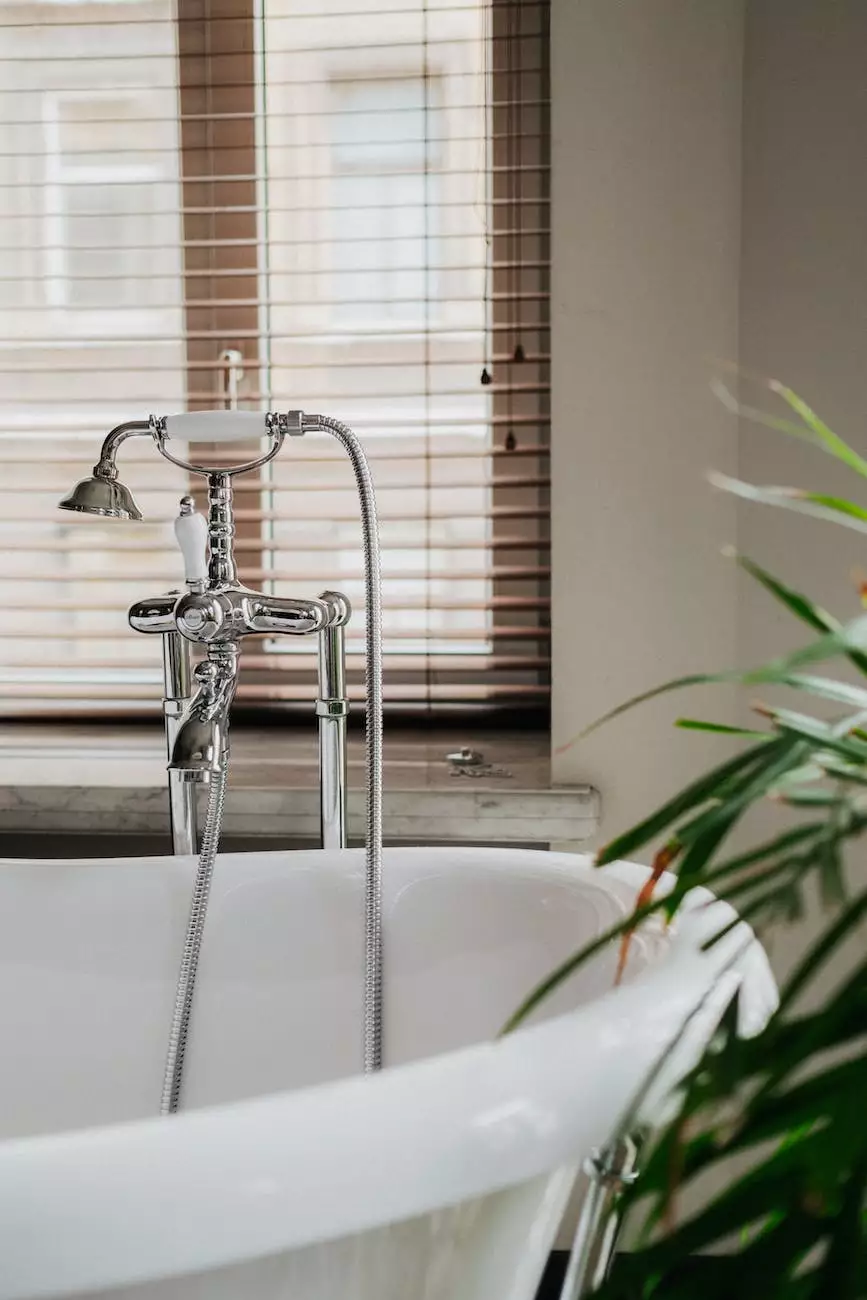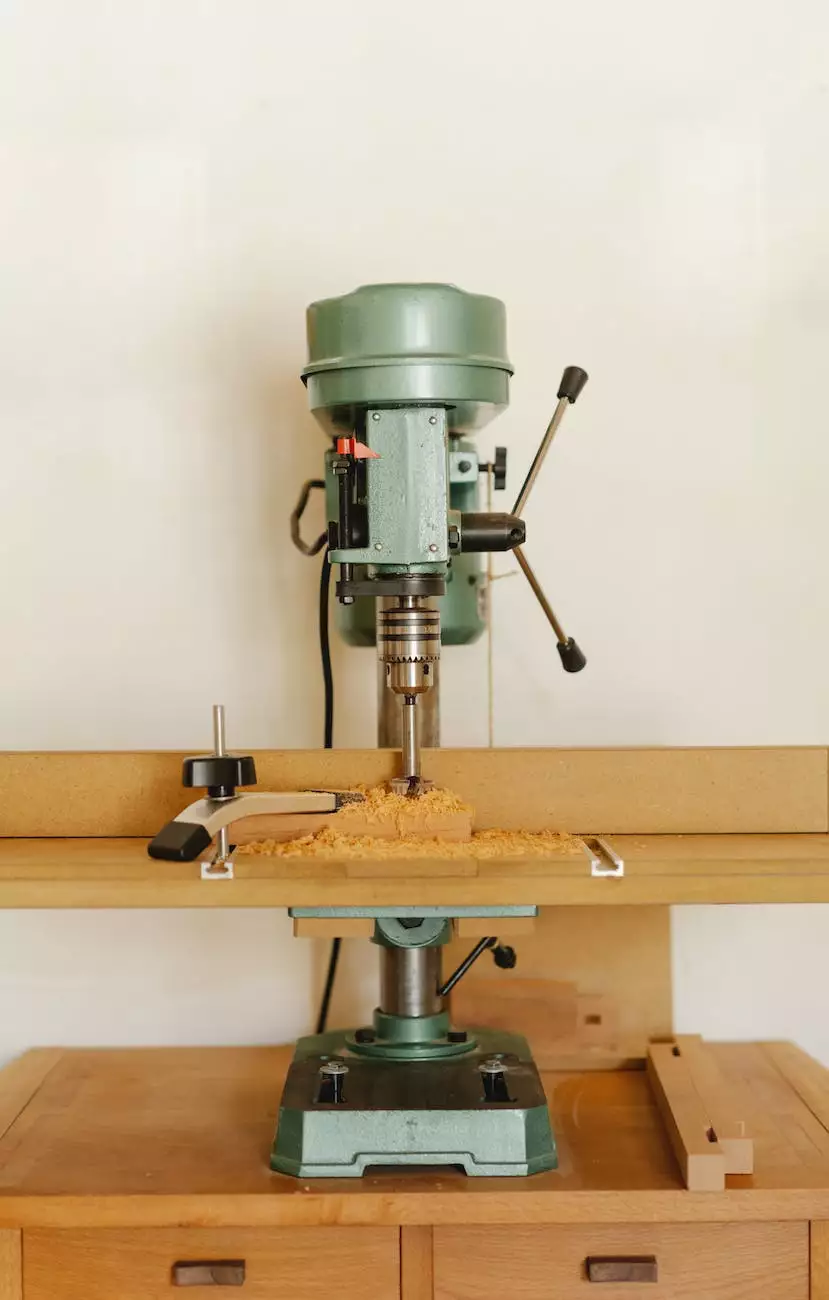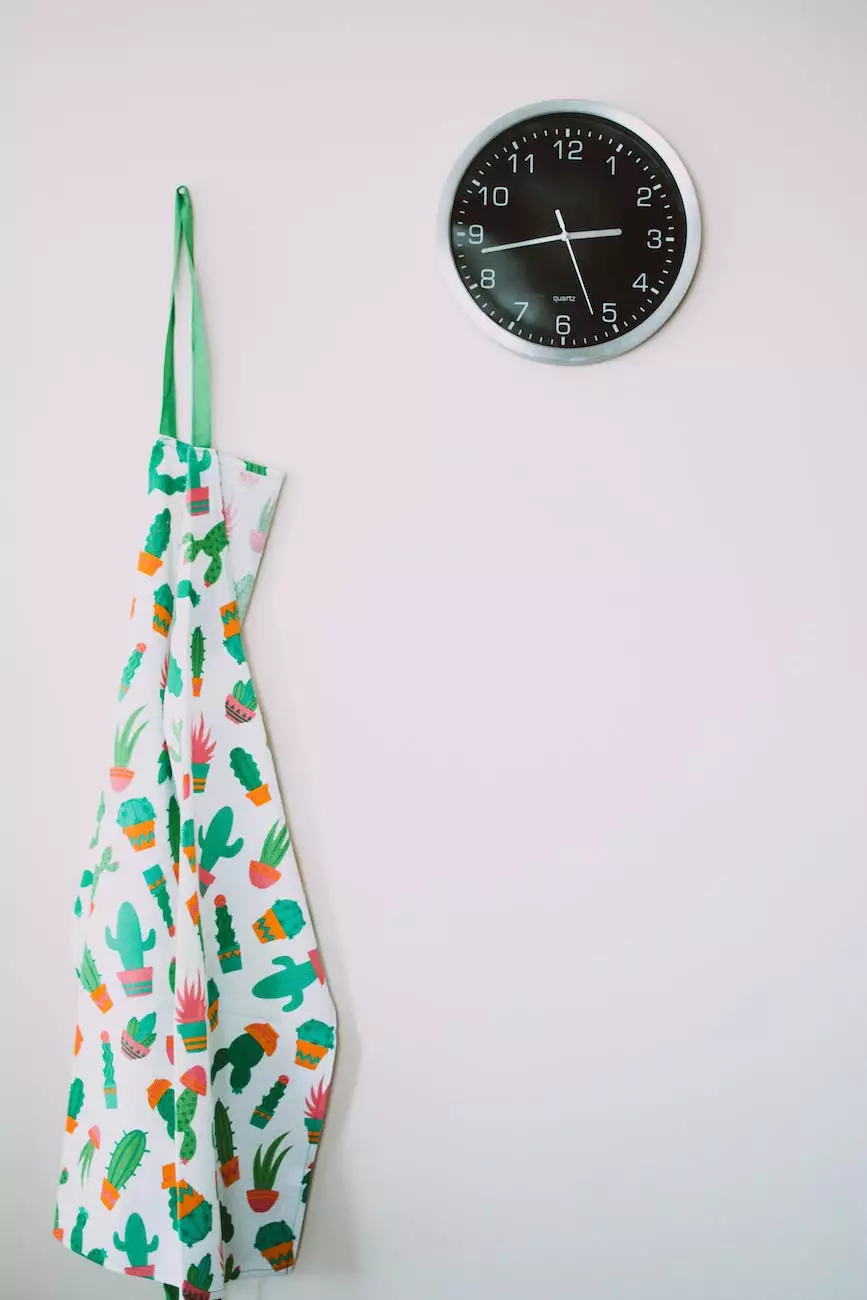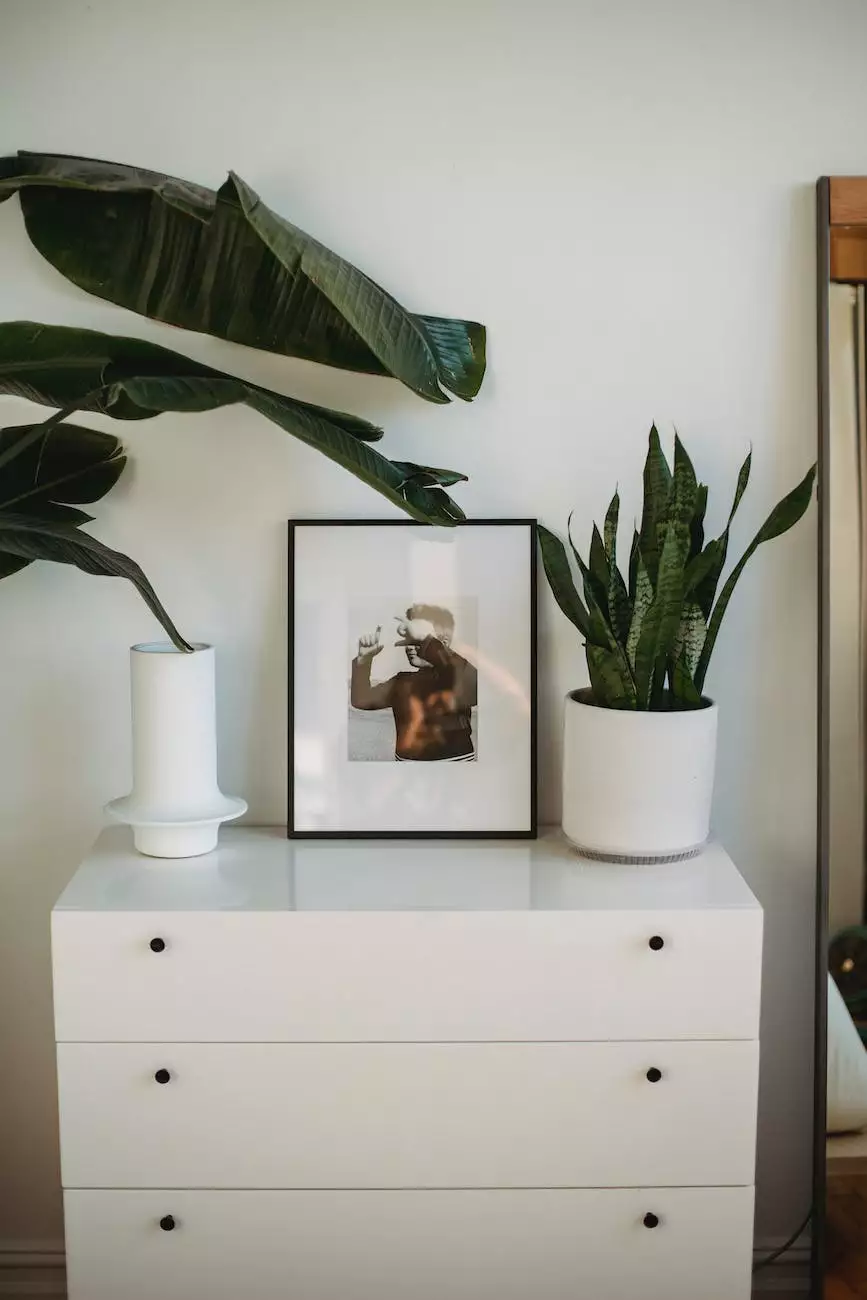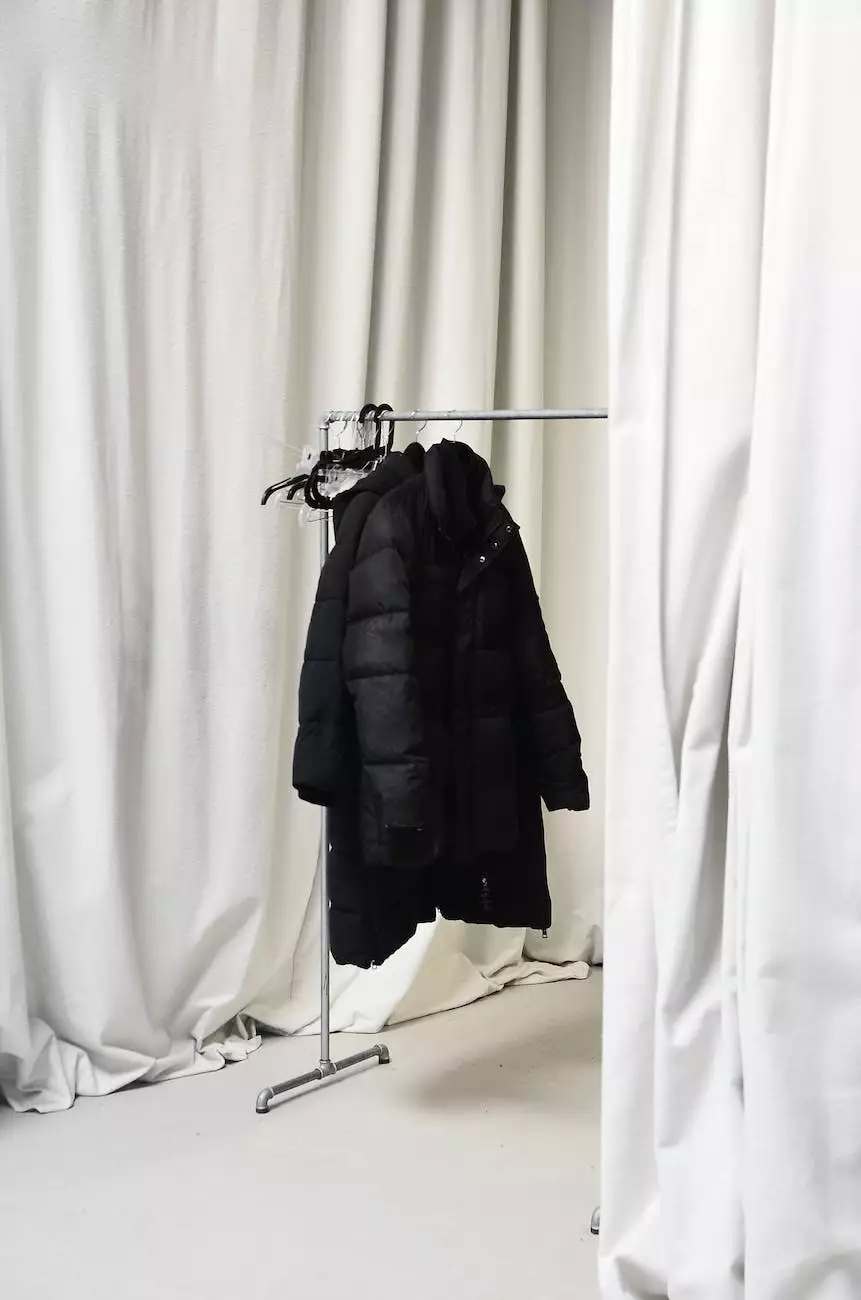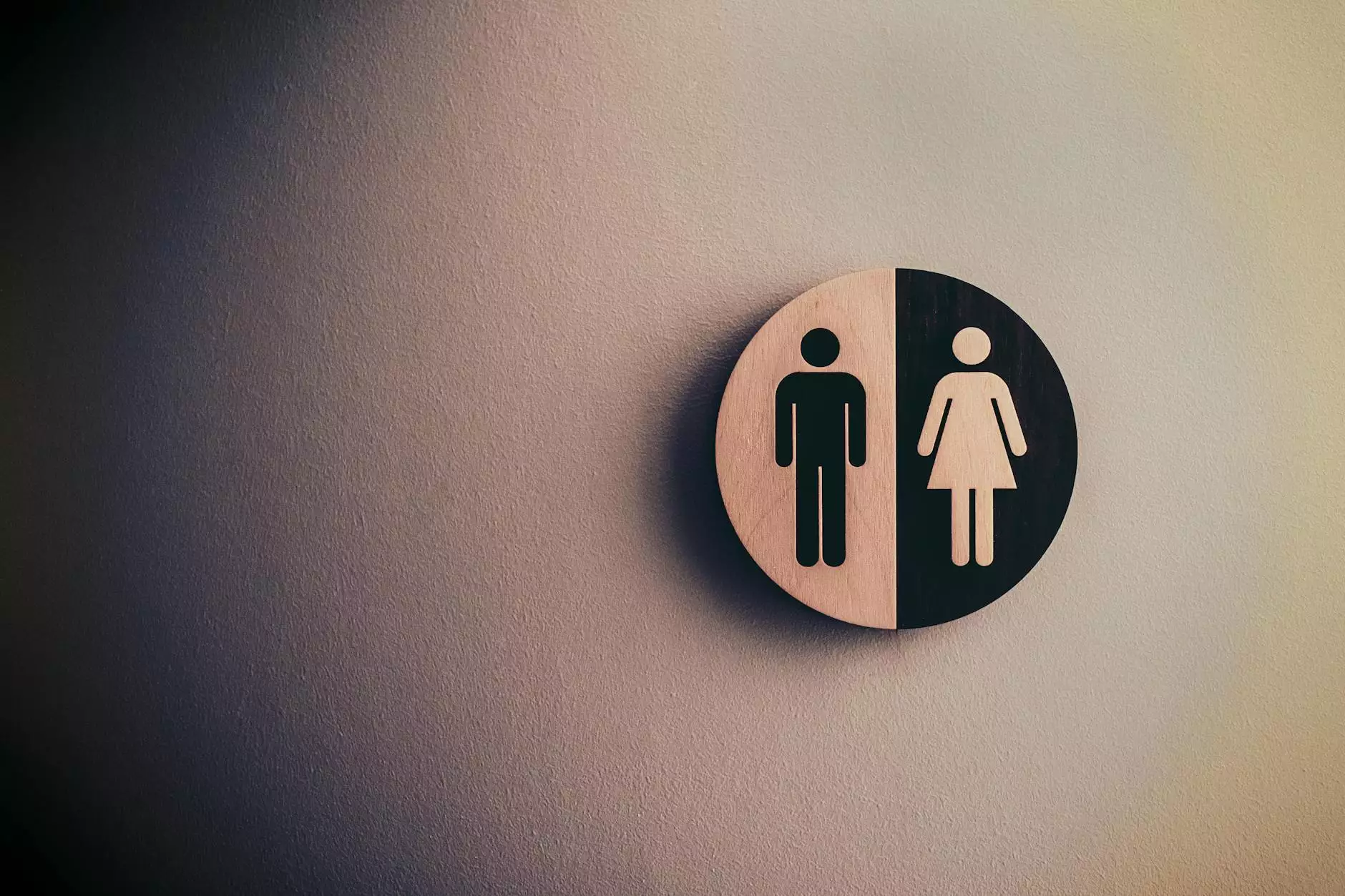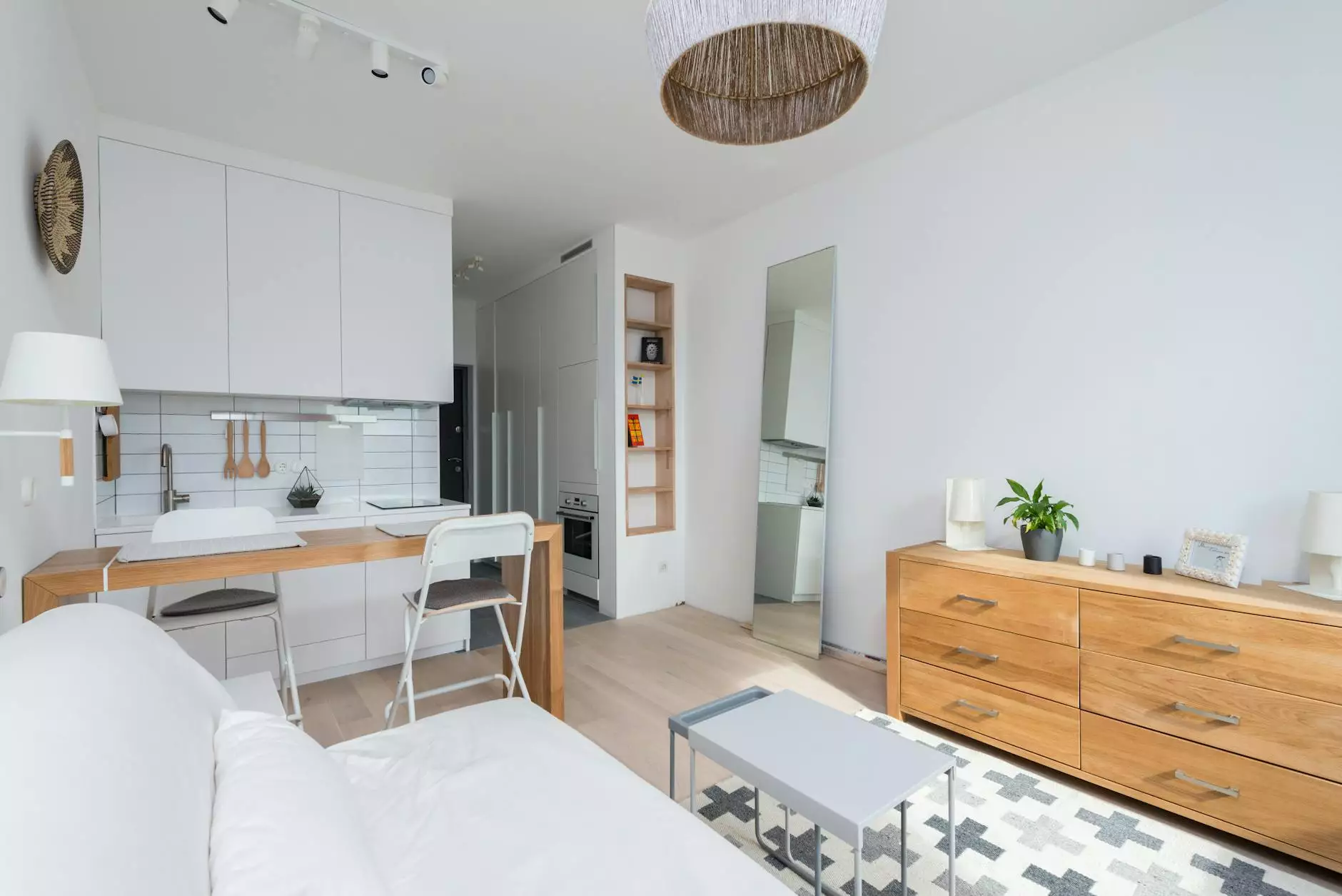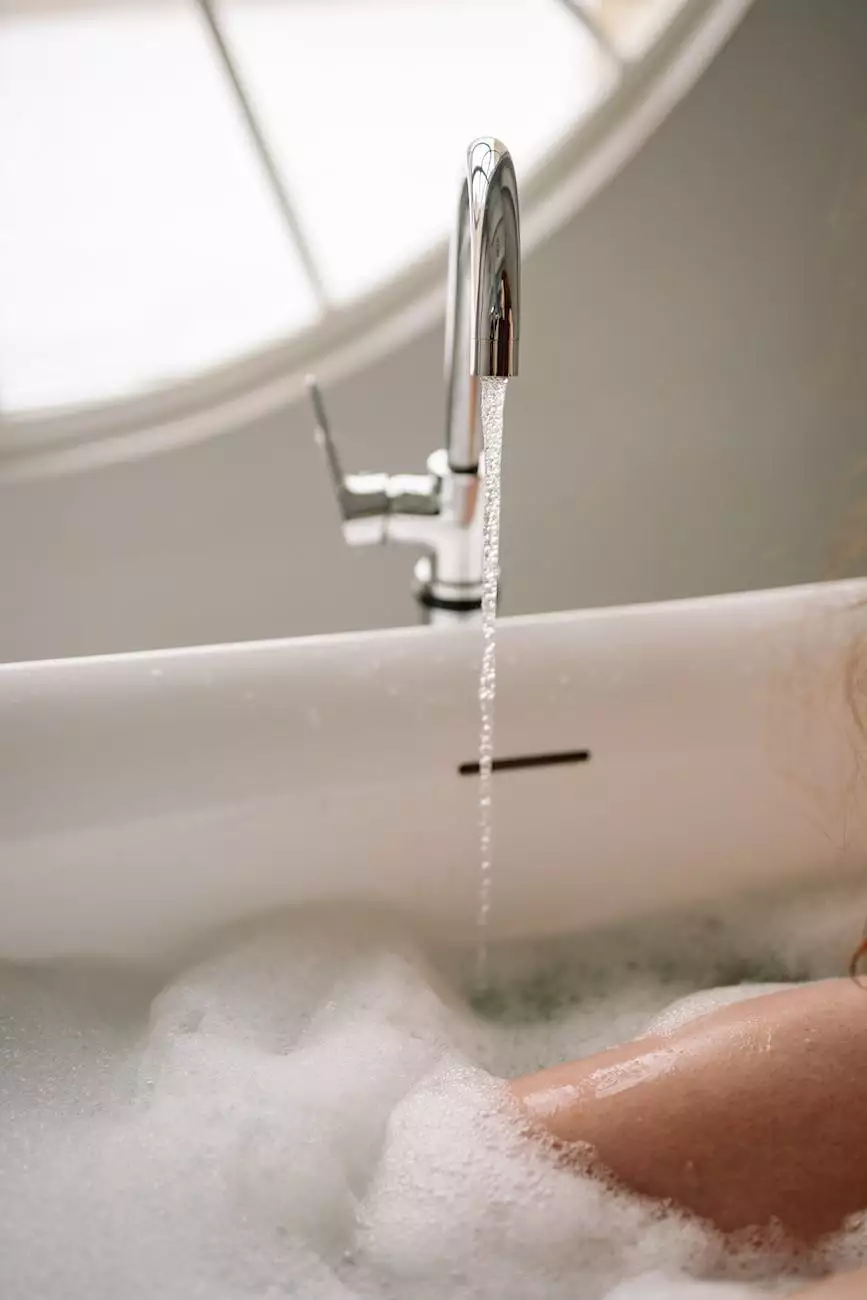Textured Walls and Textured Paint—Everything to Know
Home Design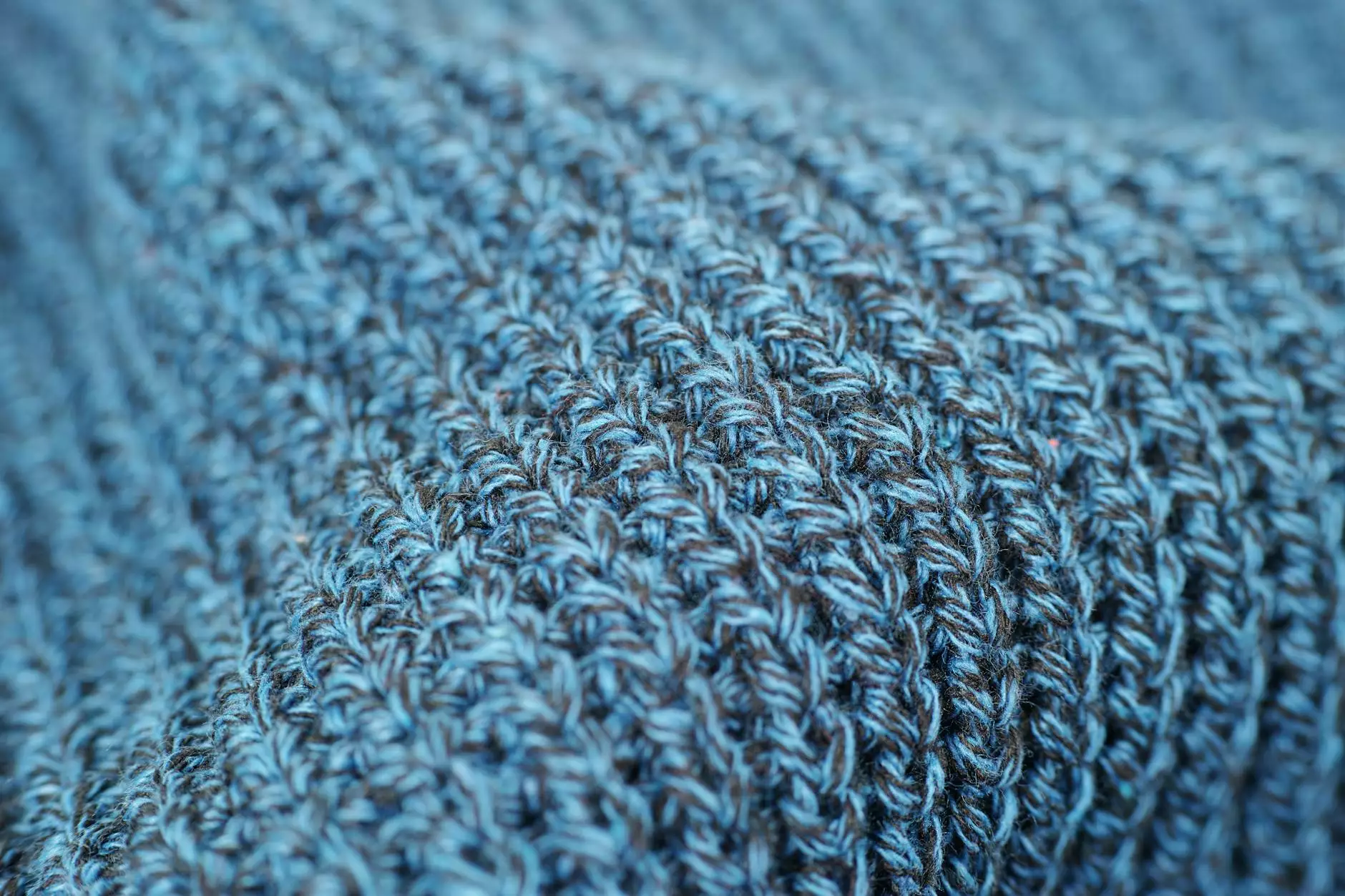
Introduction
Welcome to Weymouth I+D, your go-to source for all things related to interior design, specifically in the category of Home and Garden. In this article, we will delve into the fascinating world of textured walls and textured paint, providing you with everything you need to know about this popular design choice.
Why Choose Textured Walls?
Textured walls offer a visually appealing and unique touch to any interior space. They add depth, character, and dimension to an otherwise plain wall. Whether you prefer a rustic, modern, or traditional style, textured walls can create the desired atmosphere and enhance the overall aesthetic of your home.
Furthermore, textured walls are a fantastic way to hide imperfections or uneven surfaces. They can help disguise minor damages and irregularities, providing a smooth and uniform look to your walls.
Types of Textured Paint
When it comes to textured walls, choosing the right textured paint is crucial. There are several types available, each with its unique features and benefits:
1. Sand Texture Paint
Sand texture paint is a popular choice for creating a textured appearance. It contains fine grains of sand that add a rough, grainy feel to the wall. This type of textured paint provides excellent coverage and is often used to achieve a sandy or stucco-like finish.
2. Popcorn Texture Paint
Popcorn texture paint, also known as acoustic texture paint, is commonly used for ceilings. It creates a distinct, bumpy texture that helps to absorb sound and reduce echo in a room. Popcorn texture paint can also be applied to walls for a unique visual effect.
3. Knockdown Texture Paint
Knockdown texture paint is a popular choice for adding subtle texture to walls. It involves applying a joint compound or texture mixture to the wall, then "knocking down" the peaks using a trowel or knife. This creates a slightly uneven surface that adds character without being too pronounced.
4. Venetian Plaster
Venetian plaster is a luxurious and elegant option for textured walls. It consists of multiple layers of plaster that are polished to create a smooth, marble-like finish. Venetian plaster adds a touch of sophistication and creates a visually stunning effect.
How to Apply Textured Paint
Applying textured paint requires careful preparation and attention to detail. Follow these steps to achieve the best results:
1. Prepare the Surface
Before applying textured paint, ensure that the surface is clean, dry, and free from any debris. Repair any cracks or imperfections using a suitable filler, then sand the surface to create a smooth base for the paint.
2. Protect Surrounding Areas
Cover furniture, floors, and any other areas you want to protect from paint splatter or spills. Use drop cloths or plastic sheets to prevent accidental damage during the painting process.
3. Prime the Surface
Using a high-quality primer designed for textured surfaces, apply a coat of primer to the wall. This will ensure proper adhesion and enhance the durability of the textured paint.
4. Apply Textured Paint
Using a roller or brush suitable for the selected textured paint, apply the paint to the wall in even, overlapping strokes. Take care to follow the manufacturer's instructions regarding the recommended thickness and drying time.
5. Add Finishing Touches
Once the textured paint has dried completely, inspect the wall for any areas that need touch-ups. Use a smaller brush to refine the texture or add additional layers for a more pronounced effect if desired.
Conclusion
Textured walls and textured paint are excellent choices for enhancing the visual appeal of your home's interior while maintaining a unique sense of style. Weymouth I+D hopes that this comprehensive guide has provided you with valuable insights and information to help you make informed decisions regarding textured walls and textured paint for your home. Remember to always follow best practices and consult professionals when necessary to achieve the best results.
We thank you for choosing Weymouth I+D as your trusted source for interior design advice. Feel free to explore our website further for more inspiration and expert advice in the Home and Garden category!

